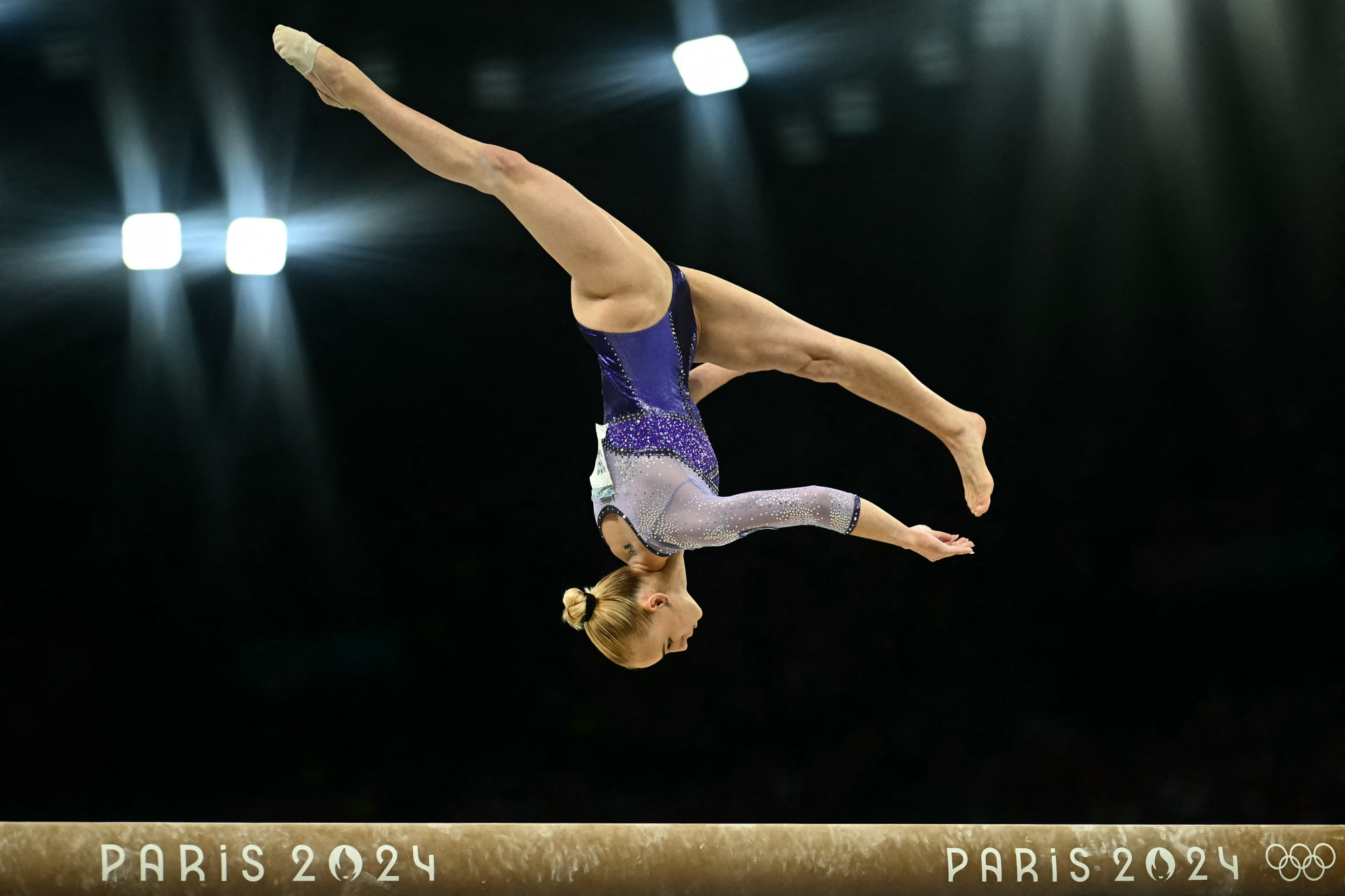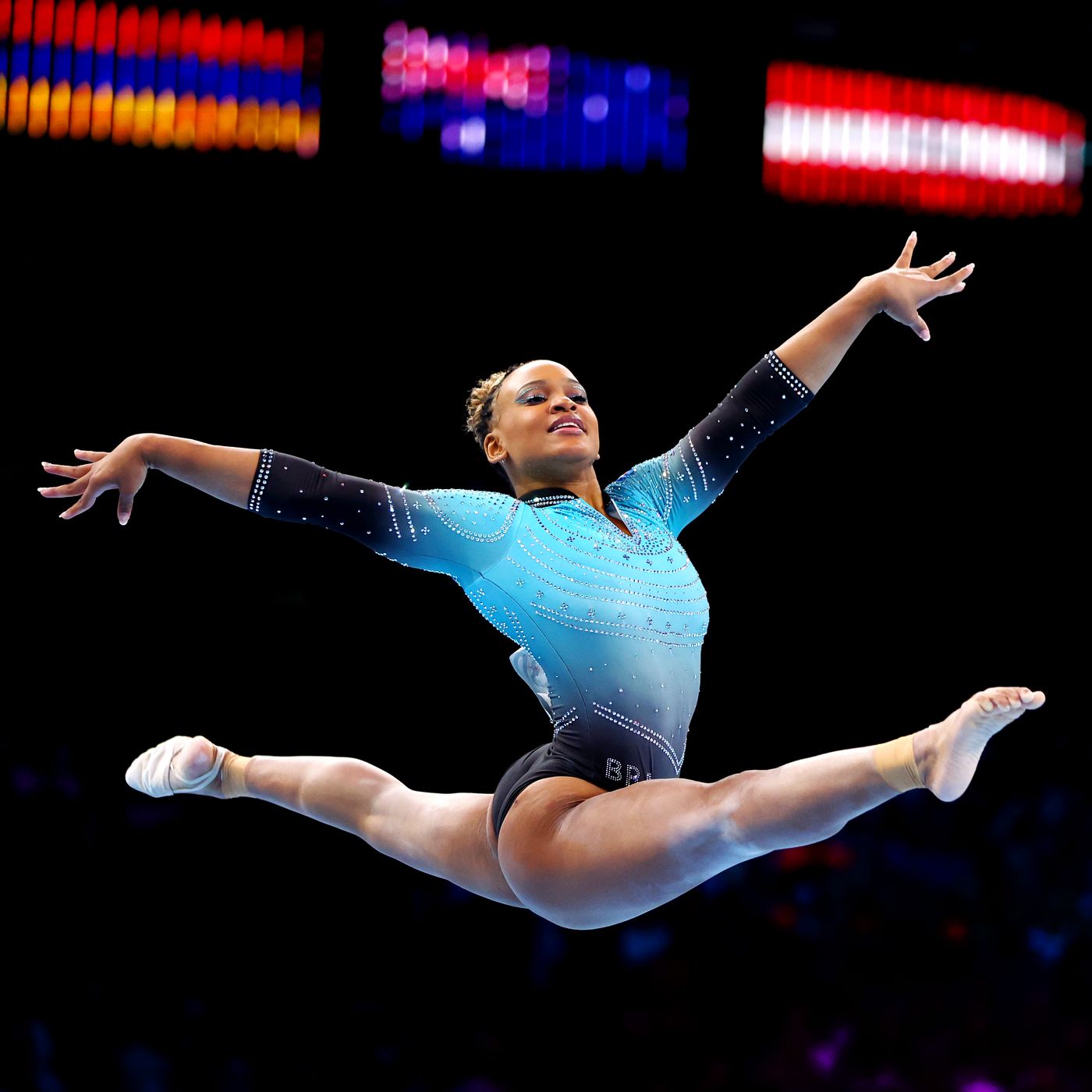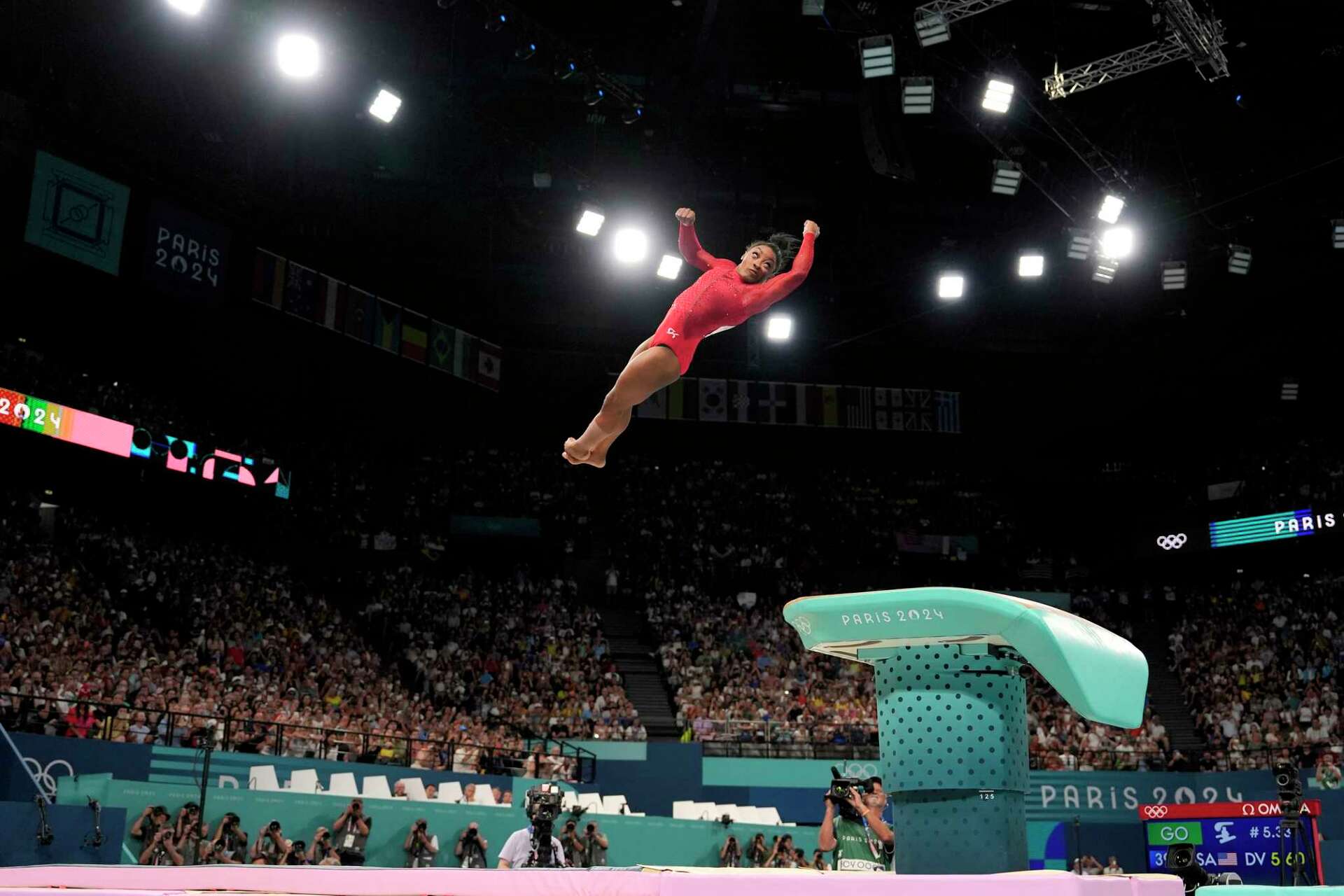- Roseblood by Paul Doherty (Headline) - In 1455 as war approaches, the House of York and Lancaster battle things out with a sick Henry VI on the throne. There is a lot of assumed knowledge about who is on which side before we even get to the multiple turncoats. The plot revolves around a secret diary containing incendiary claims - “A chronicle of scandalous secrets affecting the royal family as well as that of the good duke [York]. It is the work of a former royal physician.” Many people are searching for it, to claim legitimacy or otherwise to the throne. The villain of the piece is LeCorbeil (French for crow, which is depicted on the standard), “LeCorbeil is many things: a town in Normandy, the place of a hideous massacre; the name of a Frenchman who hates the English Crown, and Beaufort in particular; as well as a group of mercenaries skilled in the crossbow.” Besides the death and slaughter, there are many historical descriptions and set pieces, but they are no substitute for strong characterisation, leaving this a difficult novel with which to engage.
- Gingerbread by Helen Oyeyemi (Picador) - For this magical realism in a dark-fairytale-that-could-easily-cross-to-horror sort of way rather than the twee and sparkly kind, the comparisons with Angela Carter are well deserved. Perdita Lee, a girl who is depressed and may take her own life (and whose name literally means 'lost'), lives with her mother, Harriet, in West London. She has a strange quartet of dolls in her bedroom, who are partly plants (elms, palm trees, crimson petals and living hair), and other furnishings also seem alive. Harriet bakes gingerbread with magical and potentially healing properties, as she tries to ingratiate herself with the PTA. Perdita is in a deep coma: has she taken an overdose, eaten too much gingerbread, or visited Druhástrania? This is a fantasy land where Harriet's best friend, Gretel, lived. Perdita goes to find Gretel and experiences adventures with wells, magic beans and a world of characters that may or may not come from Harriet's past. Gingerbread is an orginal, compelling and disturbing work from a bright British talent.
- The Songlines by Bruce Chatwin (Picador) - Bruce Chatwin was a journalist for the Sunday Times. He wrote Songlines in 1987 as part of his fascination with travel and nomadic lifestyles. Songlines connect the land and its stories for Indigenous Australians and each tribe has their own way of singing the land to understand its past, present, future and the way it connects us all. The book blends fiction and non-fiction and is part memoir; part travelogue and part anthropology, as a fictional character named Bruce travels to Alice Springs and joins a land surveyor mapping a proposed rail route to Darwin. Although beautifully written with marvellous descriptions, the tone is very much of the time and feels inappropriate now as an 'otherisation' of Indigenous Australian culture and a certain white superiority in trying to describe it: while trying to ascertain the sacred sites which should not be touched by the railway, he climbs Uluru, which he calls Ayers Rock, without apparent irony. It is a bold attempt to explain a culture, but it is an impossible task and problematic at best.
- The Wife's Secret by Barbara Hannay (Penguin) - While travelling in Townsville, this was recommended to me by a bookseller, due to the fact that Hannay is a local author. I would not have read it otherwise. It's what's known as a 'second-chance romance' as Lisa and Rolf have divorced; he has moved north to be an author, and she has remained in the coastal town to do something-or-other wholesome. When Dave sets up a restaurant, Lisa may find love again, but when Rolf returns with a glamorous actress and young publicist, she may not. This is played out against the background of a cyclone and a community coming together. It's supposed to be feel-good and heartwarming, and according to many reviews on Goodreads, it is.
- The Marriage Portrait by Maggie O'Farrell (Tinder Press) - With over 400 pages, this novel takes a long time to say not very much, but it does so with clear images and descriptive prose. Lucrezia di Cosimo de’ Medici d’Este was married to Alfonso II in 1558, aged 13. She died three years later of pulmonary tuberculosis, but almost immediately after her death there were rumours that she had been poisoned on the orders of her husband. Maggie O’Farrell has taken this concept and expounded upon it, with imagined emotions and a twist or two. She makes much of the fact that women had no autonomy and were the chattels of their male relatives, forcing a feminist revisionism into an anachronistic historical period. The portrait, which is a major plot point (and didn’t actually exist) is painted by several different people who specialise in different aspects – one does cloth; one does hands; another the landscape. The supposed twist is obvious, and the ending is unsatisfactory.
Friday, 30 August 2024
Friday Five: Books Read in August
Tuesday, 27 August 2024
Olympic Stream of Consciousness: Gymnastics
Overall: very impressive. It's possibly a bit of a shock that Simone Biles doesn't win the Women's beam final, but Alice D'Amato from Italy does. Italy also take out third (Yaqin Shou from CHI is second). They sing their national anthem on the podium and it's charming. In the Men's Horizontal Bar final, four of the eight competitors mess up their dismount and three of them fall off. They are really trying complex routines.
The Croatian bloke, Tin Srbic, lands hard on his elbow but he gets back up and tries to complete the routine, but his arm is now weakened and he falls off again. Again he carries on until he finishes with a great dismount and, according to the commentator, he receives, 'a lot of crowd support directed towards him in a troubled routine'. He finishes last. The Chinese chap (Boheng Zhang) finishes joint third with Chia-Hung Tang (TPE), in what the commentator refers to as a 'redemptive routine' - can commentators just define the meanings of words now? (I'm looking at you, Jim Courier and 'clutch'.) The silver goes to the Colombian, Angel Barajas, competing for the first time in an apparatus final.
I wonder why in the beam and floor exercises the women have to do all sorts of prancing and posing dance elements and the men don't, so I google it. Apparently the man should personify 'strength and power; the woman, on the contrary, beauty and grace'. It elucidates that synchronised swimming and rhythmic gymnastics (introduced in 1984) are the 'glamour events'. I grind my teeth. I still find something deeply disturbing about 16-year-old girls in full make-up gyrating and flashing 'sexy' poses. There'll be pole dancing next at this rate.
Having said that, Rebecca Andrade's (BRA) tumbles and jumps are fantastic to win her the gold in the Women's Floor Exercise, Simone Biles wins silver for the USA, and Anna Barbosu wins bronze for Romania in a routine with haunting music and choreography that links all her moves and difficult combinations together seamlessly. When the crowd clap along (usually out of time) to the music it must be quite hard to hear the beat/ rhythm. The commentators keep saying it's a huge programme, but the athletes can choose to do all the events to go for medals, so it's not like athletics or hockey, for example. Simone Biles (USA) wins the Women's Vault and she has a dazzling smile when she achieves a move. USA also take out the bronze, and Rebecca Andrade collects another medal (silver) for Brazil.
Subscribe to:
Comments (Atom)





